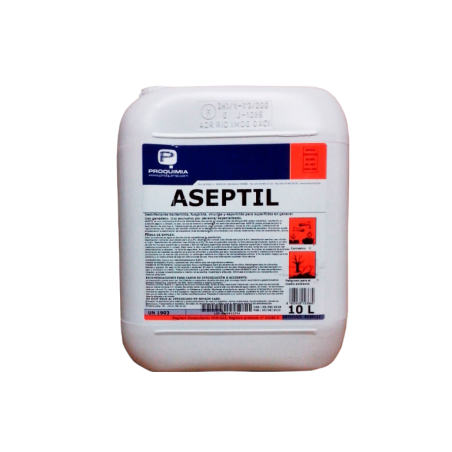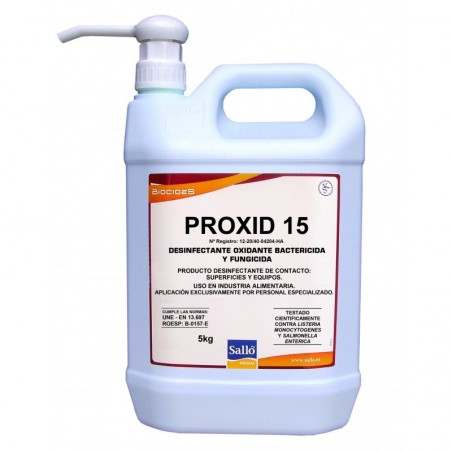Porcine reproductive and respiratory syndrome (PRRS) is one of the most economically devastating diseases affecting the pork industry globally. PRRS is caused by PRRS virus (PRRSV). Currently there are no effective treatments against this swine disease. Through artificial intelligence molecular screening, we obtained a set of small molecule compounds predicted to target the scavenger receptor cysteine-rich domain 5 (SRCR5) of CD163, which is a cell surface receptor specific for PRRSV infection. These compounds were screened using a cell-based bimolecular fluorescence complementation (BiFC) assay, and the function of positive hit was further evaluated and validated by PRRSV-infection assay using porcine alveolar macrophages (PAMs).
Using the BiFC assay, we identified one compound with previously unverified function, 4-Fluoro-2-methyl-N-[3-(3-morpholin-4-ylsulfonylanilino)quinoxalin-2-yl]benzenesulfonamide (designated here as B7), that significantly inhibits the interaction between the PRRSV glycoprotein (GP2a or GP4) and the CD163-SRCR5 domain. We further demonstrated that compound B7 inhibits PRRSV infection of PAMs, the primary target of PRRSV in a dose-dependent manner. B7 significantly inhibited the infection caused by both type I and type II PRRSV strains. Further comparison and functional evaluation of chemical compounds structurally related to B7 revealed that the 3-(morpholinosulfonyl)aniline moiety of B7 or the 3-(piperidinylsulfonyl)aniline moiety in a B7 analogue is important for the inhibitory function against PRRSV infection.

Our study identified a novel strategy to potentially prevent PRRSV infection in pigs by blocking the PRRSV-CD163 interaction with small molecules.
Huang C, Bernard D, Zhu J, et al. Small molecules block the interaction between porcine reproductive and respiratory syndrome virus and CD163 receptor and the infection of pig cells. Virology Journal. 2020; 17:116. https://doi.org/10.1186/s12985-020-01361-7







